Central Square Foundation (CSF) is a non-profit organisation working towards ensuring quality school education for all children in India. Since 2012, CSF has partnered with the government, the private sector, non-profit organisations, and other ecosystem stakeholders to improve the learning outcomes of children, especially from low-income communities. CSF is driven by its mission to enable the school education system to adopt solutions that are scalable, sustainable and effective so that all children get equal access to opportunities needed for leading a better life.
To learn more, please visit http://www.centralsquarefoundation.org/
Disclaimer: We have made every effort to ensure that the information provided in this report is correct and complete as of 5th July, 2021. No part of this study should be considered an official position of the Government of India, respective state governments or their allied agencies and departments.
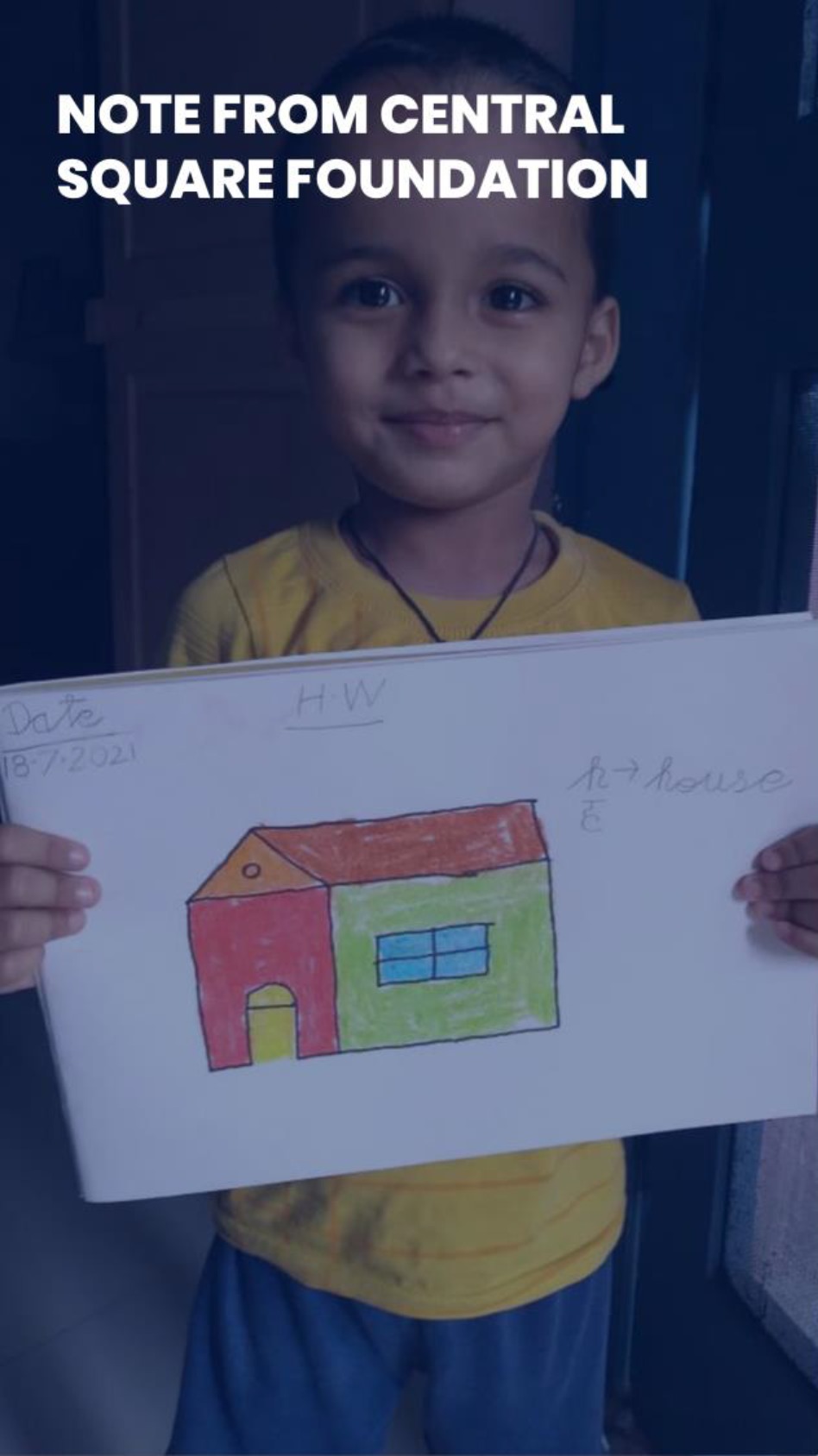
The Covid-19 pandemic disrupted school education in India bypushing as many as 250 million children out of classrooms. Evidence from past crises suggest that even short disruptions can lead to significant loss in learning. We imminently need to focus on effective remediation not only to reverse the learning losses due to the pandemic, but also to ensure that these losses don’t affect children’s chance at improving their life outcomes,and subsequently the nation's economy.
Through this year’s School Education in India report, we document the scale and scope of the disruption in school education due to the pandemic; provide a framework for thinking about its short-term and long-term effects; analysethe ecosystem’s education response to the crises; and discuss the way forward. Covid-induced school closures led to widespread adoption of at-home learning programmes whichincluded EdTech solutions and doorstep delivery of workbooks among other things. Based on available data and evidence, the report draws upon challenges to at-home learning programmes and how they can be overcome. Going forward, it will be crucial to continue innovating and building on these programmes as India potentially looks at a system where schools open and close frequently to control the spread of the pandemic based on the local situation.
The report considers the risks and benefits of re-opening schools and discusses approaches for safe re-opening, including insights from other countries that re-opened during the pandemic. In addition, considerations for state governments as they plan tore-open schools are discussed. Priority should be given to opening schools for early grades given how critical foundational skills are for future learning. The recent launch of NIPUN Bharat comes at a very opportune time, and can very well be the beacon that guides the school education system on how to help children learn more meaningfully

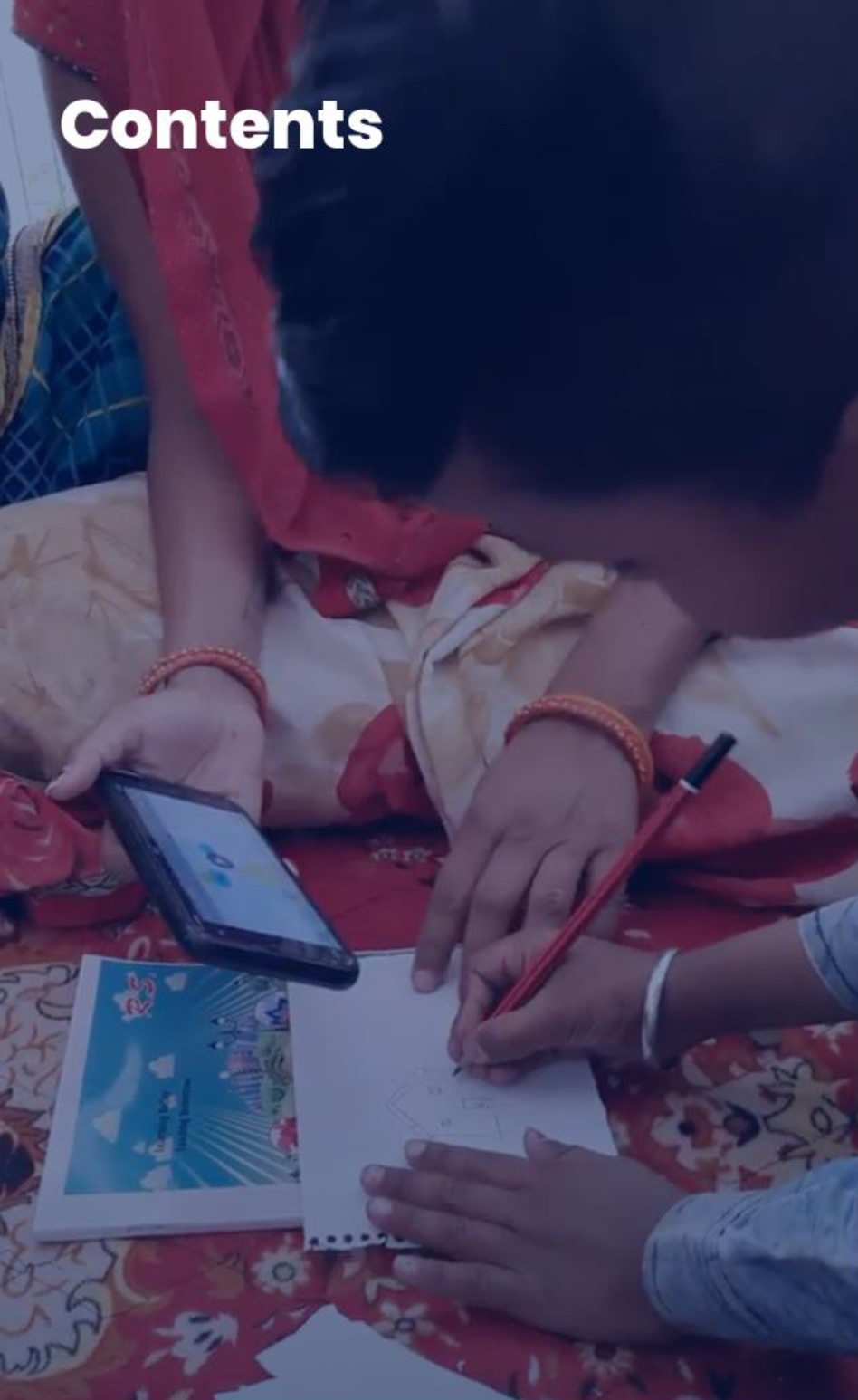
AAC: Alternative Academic Calendar
AIR: All India Radio
AI: Artificial Intelligence
ASER: Annual Status of Education Report
AY: Academic Year
BARC: Broadcast Audience Research Council
BE: Budget Estimate
BEPC: Bihar Education Project Council
BPL: Below Poverty Line
BRC: Block Resource Coordinator
CBSE: Central Board of Secondary Education
CMIE: Centre for Monitoring Indian Economy
CRC: Cluster Resource Coordinator
CRY: Child Rights and You
DCVTS: Delhi NCR Coronavirus Telephone Survey
DD: Doordarshan
DIET: District Institute of Education and Training
DIKSHA: Digital Infrastructure for Knowledge Sharing
EY: Ernst & Young LLP
FLN: Foundational Literacy and Numeracy
FLOW: Foundational Learning Over Whatsapp
GDP: Gross Domestic Product
GSMA: Global System for Mobile Communications Association
HH: Household
IAMAI: Internet & Mobile Association of India
ICE: India's Citizen Environment & Consumer Economy
ICT: Information and Communications Technology
IVRS: Interactive Voice Response System
JNV: Jawahar Navodaya Vidyalaya
KITE: Kerala Infrastructure and Technology for Education
KV: Kendriya Vidyalaya
LMIC: Low and Middle Income Countries
LO: Learning Outcomes
MDM: Mid-day Meals
MHRD: Ministry of Human Resource Development
MOE: Ministry of Education
MOHFW: Ministry of Health and Family Welfare
NCR: National Capital Region
NCAER: National Council of Applied Economic Research
NCERT: National Council of Educational Research and Training
NEP: National Education Policy
NGO: Non Governmental Organization
NHFS: National Family Health Survey
NIPUN: National Initiative for Proficiency in Reading with Understanding and Numeracy
NISHTHA: National Initiative for School Heads' and Teachers' Holistic Advancement
NSSO: National Sample Survey Office
NSW: New South Wales
NV: Navodaya Vidyalaya
OCBP: Online Capacity Building Programme
PISA: Programme for International Student Assessment
PISA-D: PISA for Development
PP: Percentage Points
SC: Scheduled Caste
SEED: State Education and Executive Development Programme
SOP: Statement of Purpose
SNP: Supplementary Nutrition Programme
SSA: Samagra Siksha Abhiyaan
ST: Scheduled Tribe
TNTP: Tamil Nadu Teachers Platform
TRAI: Telecom Regulatory Authority of India
U-DISE: Unified District Information System for Education
UNICEF: United Nations Children's Fund
UNESCO: United Nations Educational, Scientific and Cultural Organization
UT: Union Territory
WASH: Water, Sanitation and Hygiene
1.5 million schools, closed down to contain the pandemic, have remained largely closed sinceMarch 2020
250 million students affected by loss of learning and nutrition from school closures
84% of Indian households reported income loss during the lockdown in 2020 (According to CMIE)
92% and 82% of students in grades2-6 lost at least one ability in language and mathematics, respectively, over previous year (Azim Premji University, 2021)
School closures impacted socio-emotional well-being of students; 33% of 5-13 year-olds and 50% of 14-18 year-olds reported poor or very poor mental health (UNICEF, 2021)
10 million girls in India likelyto be pushed out of school by the pandemic (CRY, 2020)
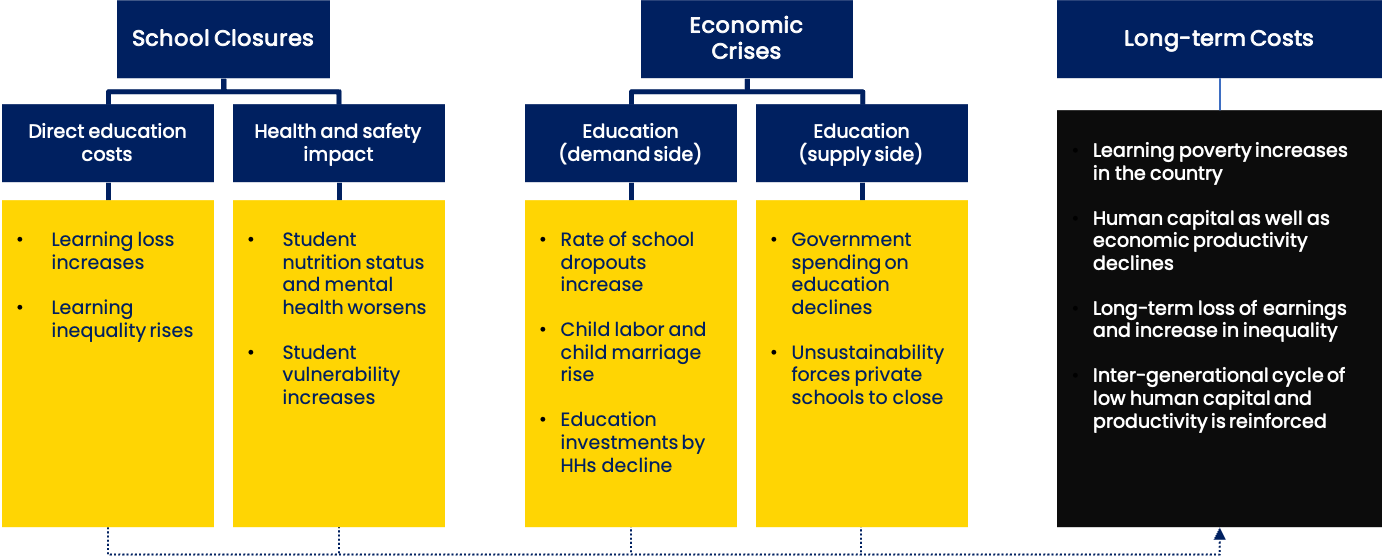
What children shouldhave learnt during the academic year
What children have forgotten from what they already knew
Learning loss due to school closures
Azim Premji Foundation conducted a study in January 2021 with 16,067 children from grades 2-6 in 44 districts across India to gauge the extent of learning loss, which found that:
Learning loss by grade level
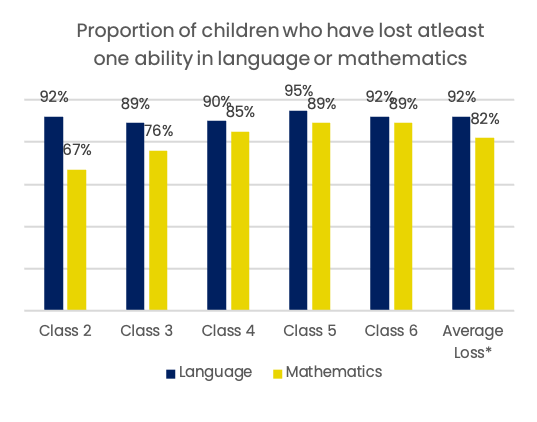


State-level multimodal approaches to school feeding in India during Covid-19
(Innocenti Working Paper, UNICEF, 2021)Home delivery of mid-day meals/ rations
Kerala, Karnataka, Haryana, Assam, Uttar Pradesh
Take-home rations
Chhattisgarh, Jammu & Kashmir, Andhra Pradesh, Odisha
Cash transfers
Bihar, Uttarakhand


State-level multimodal approaches to school feeding in India during Covid-19
(Innocenti Working Paper, UNICEF, 2021)Home delivery of mid-day meals/ rations
Kerala, Karnataka, Haryana, Assam, Uttar Pradesh
Take-home rations
Chhattisgarh, Jammu & Kashmir, Andhra Pradesh, Odisha
Cash transfers
Bihar, Uttarakhand
Rapid phone-based surveys inDelhi suggest that the pandemic led to loss of livelihoods and wages. Casual labourers were especially affected. Daily earnings of those gainfully employed declined by 77% [1]
Loss of livelihoods by region and economic activity (%)
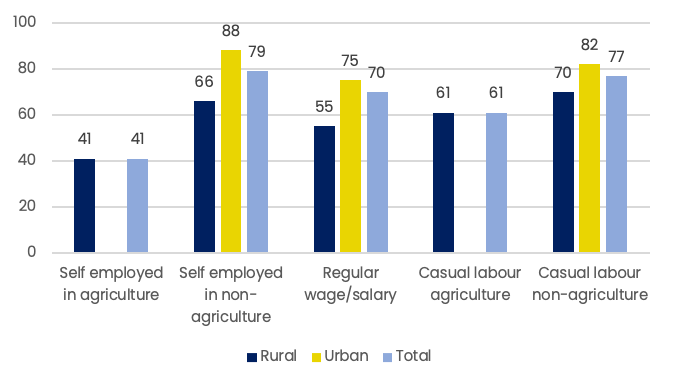
Impact of lockdowns on households(%)

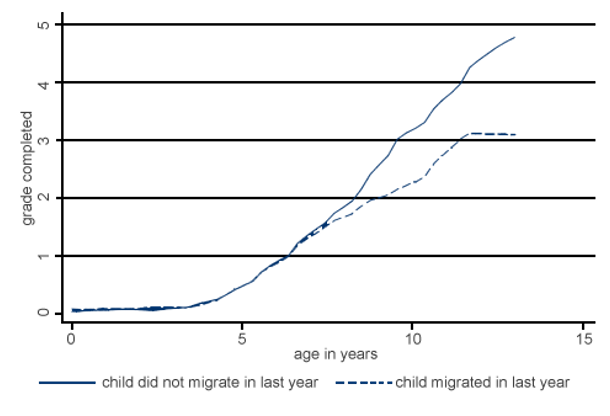
Research shows that children who migrate with their parents get less education for each year of age than the group that does not migrate (Coffey, D., 2013)
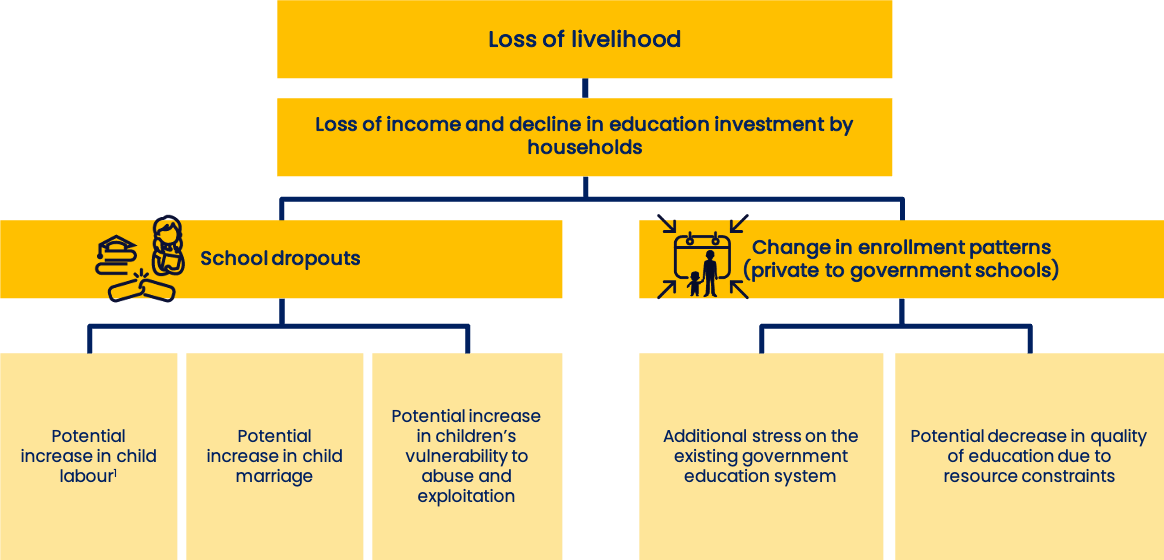
Enrollment in Private and Government Schools in Haryana (in lakhs)
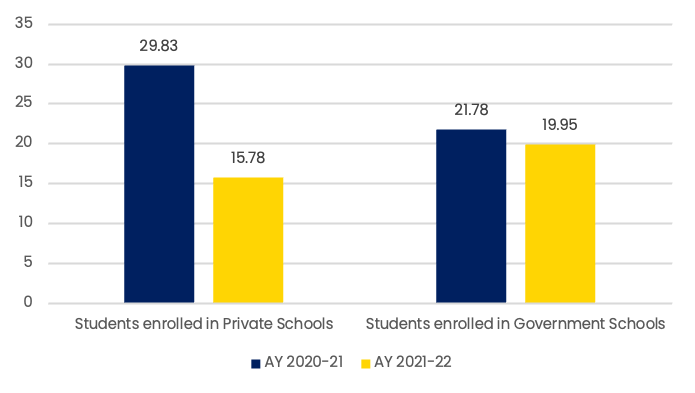
Number of students who migrated from private to government schools in AY 2021-22 by grade
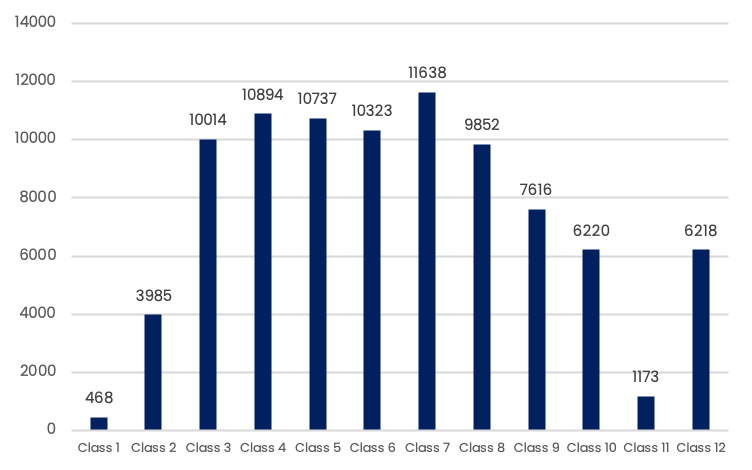
Trends in allocation for children in Union Budgets
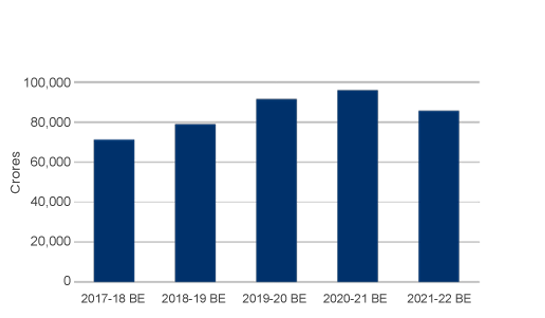
Allocations for Samagra Shiksha Abhiyan

Allocations for National Scheme for Incentive to Girls for secondary education

Kaffenberger(2020) modelled the long-term impact of Covid-19on learning, finding that:
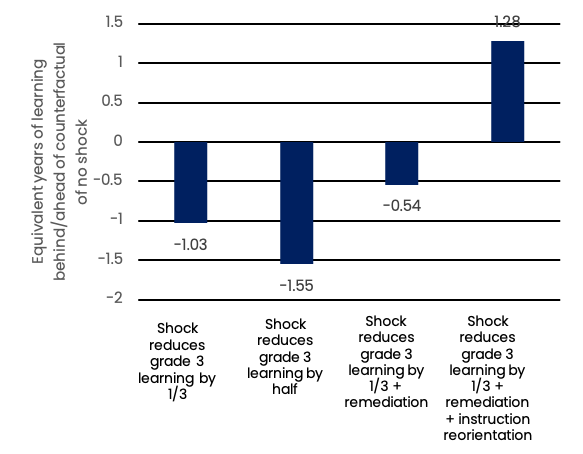
Learning loss has primarily two long-term economic costs:
Inter-generational cycle of low human capital and productivity
Career earning losses are likely to be higher for:
Inequities in learning and income inequality worsen
Learning poverty worsens, especially for children without access to at-home learning resources
Learning loss
(school-year equivalents)
In % of discounted future GDP
In % of current GDP
GDP decrease in year 2100
I. Ecosystem Response to Covid-19
Discusses the education response of the central and state governments, and non-government organizations to the pandemic
II. Learning at Home
Explores how the interplay between access and other household characteristics determines the effectiveness of at-home learning
III. Re-opening of Schools
Assesses the considerations and approaches in re-opening schools after prolonged school closures